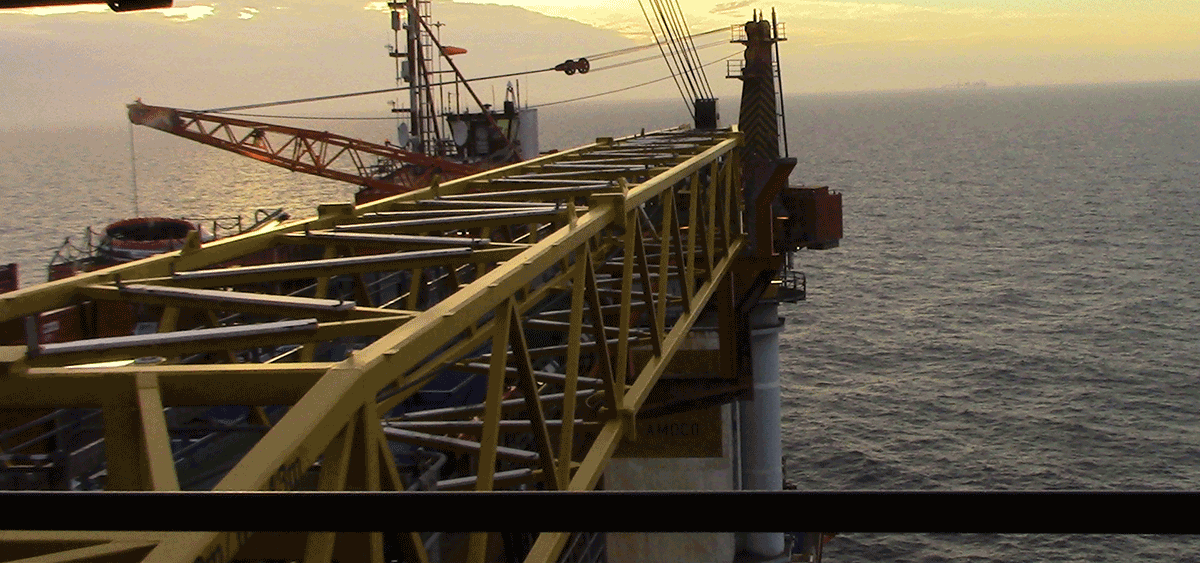
Reducing risk in crane and lifting operations: Part 2
As concluded in part 1 of this article, the number of offshore incidents for 2017 has significantly increased compared to 2016. For offshore crane and lifting, there is a 60% increase for 2017 compared to 2016. Why is this? Let's look at some possible casual factors.
Implementing new technology in a conservative industry
Despite the general concencus that lifting operations are to be performed under strict safety regulations, incidents occur from time-to-time, but the technological progress within crane and lifting operations has been rather slow in the 50 years since Norwegian petroleum activities began. During the same period, great technological strides have been made within drilling and well operations. All major industry stakeholders agree that technology innovation is going to play a critical role in the next chapter of oil and gas recovery from the Norwegian continental shelf. What could be the reasons why adoption of new technological solutions to reduce risk in crane and lifting operations has been slower?

1: The risk factor
One factor that is causing scepticism to new technologies is that offshore lifting is considered to be one of the most hazardous petroleum industry operations. This makes operator companies understandably hesitant to roll out new and potentially HSE-improving technologies. Introducing new technologies in a hazardous area is a daunting task, and a risk in itself. Despite the potential improvements, it is thus understandable why the risk factor often slows down and even prevents adoption of new technologies in this area.
2: Need for speed
With a heavy industry-wide focus on cost efficiency and operational performance, rapid extraction has been prioritised. Implementing new procedures and solutions that may optimise operations and thus increase earnings in the long run means temporarily slowing down production. While high-tech solutions have been available, the learning curve for these systems has often exceeded the time available to operator companies.
3: The focus on drilling and production
Drilling operations are the cost drivers in the offshore oil and gas industry, hence main focus is on increasing the efficience in this area. Major investments have also been made in technologies for Enhanced Oil Recovery (EOR), whereas the logistics- and supply chain is operating with smaller investment budgets. With the digitalization focus in the industry and the ability to more accurately measure overall performance, there is a shift where also the supply chain is being re-invented.

Technology innovation is the best safety measure
Offshore cranes and lifting equipment is continuously being improved to meet the changing demands of upstream operations. Historically, production pressure and cost cutting have been influencing the risk level, ultimately contributing to fatal accidents in the industry. In this perspective, the obvious path towards improved safety is technological innovation and autonomy, as currently seems to be adopted by the major players in the offshore oil and gas industry. Removing personnel from unsafe working conditions, by implementing remotely controlled offshore cranes, will play a critical part in reducing cost and improving safety for lifting operations offshore.
Ingrid Sølvberg, Director of development and operations in the Norwegian Petroleum Directorate, states: “We want companies with the ability and willingness to utilize new knowledge and advanced technology. This will yield profitable production for many decades in the future. The Norwegian shelf has been a laboratory for testing new technology. We now need to become leaders with regard to using the technologies that have been developed.”
In order to contribute to this development, the industry as a whole need to be front-runners and together with qualified suppliers develop new solutions for old problems addressing both current and future requirements for safety, reliability and cost.
Together with the industry’s own learning and willingness to improve, best practice procedures, regulations and mandatory standards constitute one of the cornerstones of safe operations in oil and gas industry. However, over the last year the most important change for the avoidance of future incidents in this challenging and fast-evolving industry is digitalization, and through this the potential for performing the most risky operations through autonomy or from a distance. The development of remotely operated, and future autonomous, crane operations will contribute significantly to the overall goal of all players in the industry: No incidents or accidents during operations.


